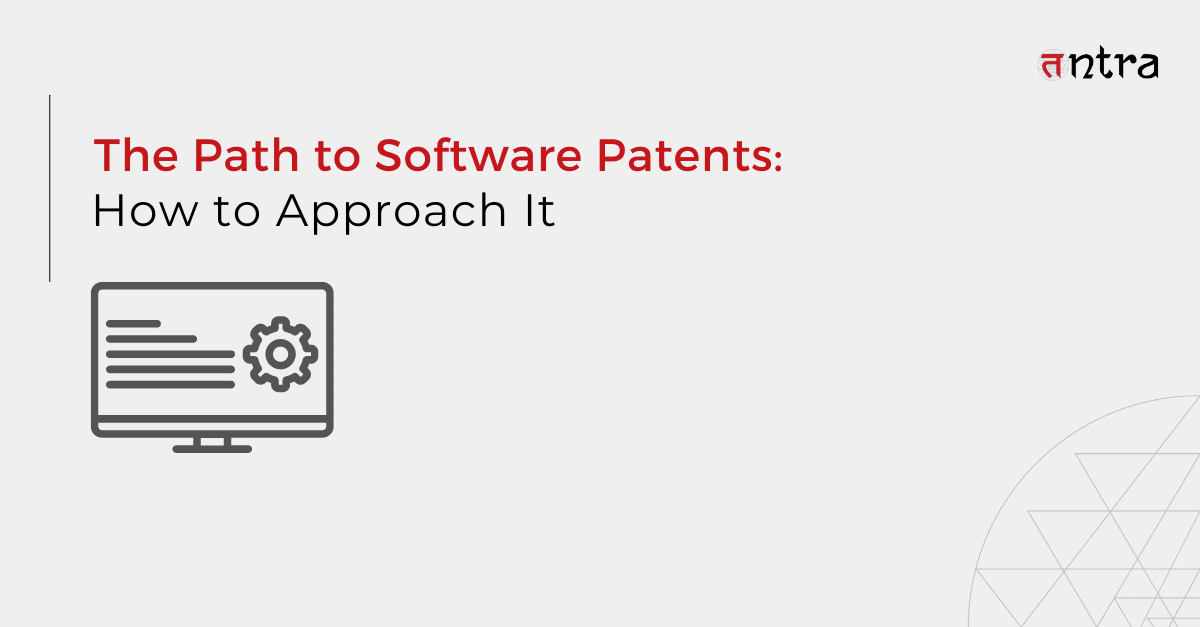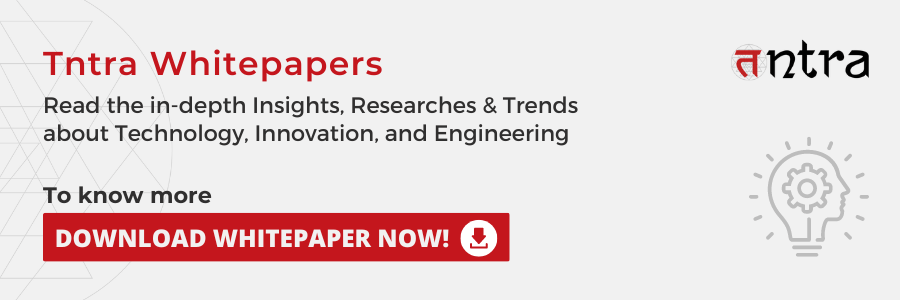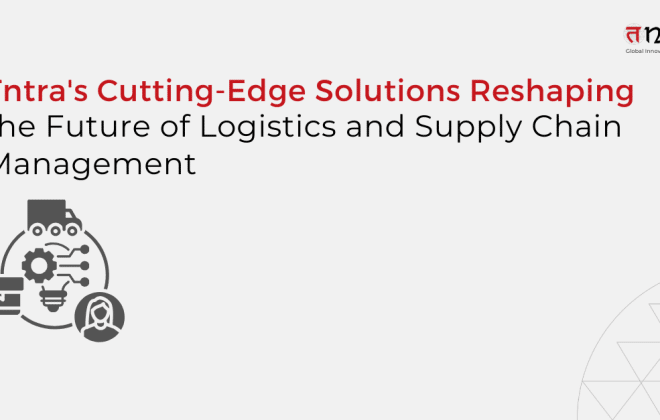
The Path to Software Patents: How to Approach It
Square is a financial services and mobile payments company. They sell software and hardware payment products. Square Reader was a key technology for the success of the company. It is a new approach that enables people to engage in a financial transaction by swiping a debit/credit card through a card reader connected to a mobile device.
The card reader accurately reads the data in the magnetic strip of the card and provides a signal that corresponds to the data read to the mobile device, which then decodes the incoming signal and completes the transaction.
Square had a strategic IP management approach. The company filed a lot of patents on the same day. The patents covered the various Square Reader functions, from the decoding card swipe signals, passive identification circuitry, receipt generation, and more.
Square’s early patent acquisition is a significant reason for its success. It helped to claim IP ownership of the technologies in the card reader.
(Source: FastScience, Google Patents)
Software Patents: Filing Overview
In 2020, the most international (PCT) patent applications were filed in the computer technology field, with about 21,449 applications. The increasing number of unique ideas and innovative applications are a primary reason for this growth.
From 2013 to 2017, Jury decisions had a high success rate in patent litigation trials. 74% of trials were successful. Companies now file patent applications with the right strategy to ensure that if they go to trial, the decision is in their favor.
US courts awarded $4.67 billion in patent damages in 2020. Along with that, the average cost of patent litigation is $2.3 million to $4 million. Therefore, companies need to have a proper patent strategy for their software to avoid any litigation damages.
Read more: IP-led Software Products: Importance of Patenting Innovation
How to Approach Software Patents
Software patents are crucial to the success of unique software ideas. However, claiming IP ownership is a challenge. There’s often confusion regarding what the patent involves. Apart from that, approaching the software patent process without a strategy is a risk in itself.
It is essential to partner with an IP-led product engineering company like Tntra. Such an associate caters to the IP ownership process as it understands the knowledge, skills, resources, and expertise behind the product.

Building the right IP strategy involves a well-defined approach. Here’s what the strategy entails –
- Define Value Proposition Vectors
Defining an invention is not easy. While companies define the desired functionality, they often struggle to define what should be patented. However, the value proposition vectors comprise the idea that lies somewhere between the functionality and the code. It addresses the system, process, or apparatus that makes a certain outcome possibly unique. It also identifies the industries, applications, and experiences that will benefit from the invention. - Create Patent Strategy
The patent strategy comprises drafting an engineering note. While it is difficult to include the code in the patent, identifying the engineering aspect can be easy once the idea comes to fruition. The engineering note, therefore, includes the design of the system. Once that is done, engaging a patent strategist/lawyer is essential. They also help you differentiate between copyrighting the code and patenting software. - File Provisional Application
Value proposition vectors and a patent strategy simplify the process of filing patents. It includes follow-up with final applications, PCTs, and much more. The patent application must evidence the possession of the invention. Describing the flow from point A, which is the desired functionality, to point B, which is the code that makes the functionality possible, is essential. The technology for the patent lies somewhat in between the two.
Conclusion
The primary focus of patenting is to claim IP ownership for the flow between the functionality and the code. By having a proper patenting strategy in place, software engineering companies can save a lot of money and time. On the other hand, they can secure ownership in case of litigations and utilize the patents to create a marketable product and competitive advantage.
An IP-led product engineering services partner can help enterprises and startups take advantage of patenting software innovation. Tntra has the right experts who provide the support and assistance needed for creating IP-led solutions. Consult us today!




